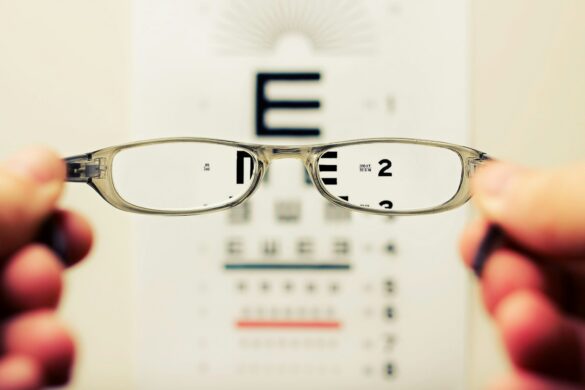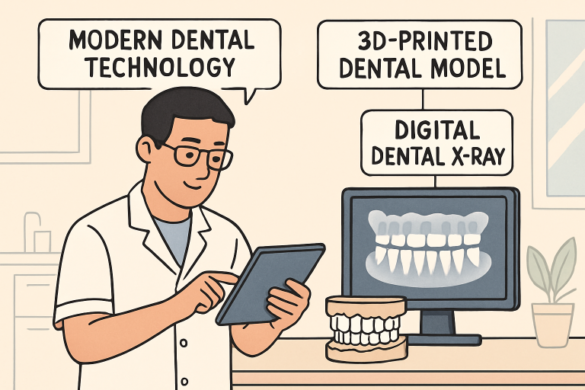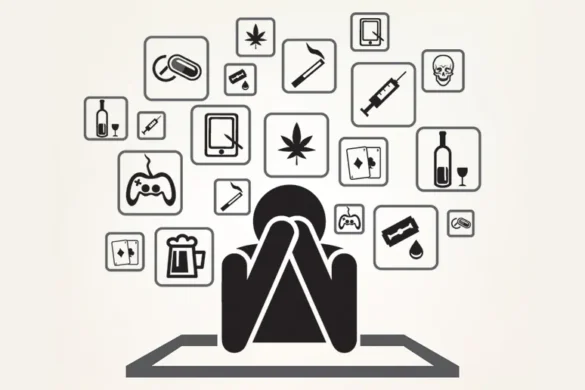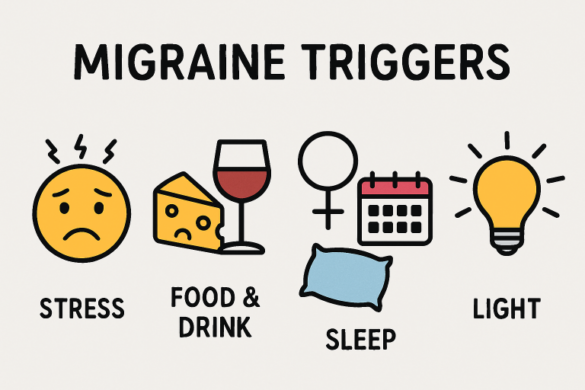 Healthcare has always been complex, but the gap between what happens in the doctor’s office and what patients do at home has been a persistent challenge. A patient might leave an appointment with a clear treatment plan, but then life happens. They forget the instructions, misunderstand the dosage, or simply lose track of follow-up appointments. These seemingly small disconnects add up to serious problems: medication non-adherence, missed preventive care, and avoidable emergency room visits.
Healthcare has always been complex, but the gap between what happens in the doctor’s office and what patients do at home has been a persistent challenge. A patient might leave an appointment with a clear treatment plan, but then life happens. They forget the instructions, misunderstand the dosage, or simply lose track of follow-up appointments. These seemingly small disconnects add up to serious problems: medication non-adherence, missed preventive care, and avoidable emergency room visits.
What’s changing now is that healthcare practices are recognizing these gaps don’t require massive overhauls to fix. The most effective solutions aren’t necessarily the most complicated ones. Instead, practices are finding that consistent, well-timed communication can dramatically shift patient outcomes without requiring patients to completely change their behavior or providers to add hours to their workday.
The Follow-Up Problem Nobody Was Addressing
Here’s something that doesn’t get talked about enough: most patients leave medical appointments with some level of confusion. They nod along during the visit, maybe they’re a bit overwhelmed or intimidated, and then they get home and realize they’re not entirely sure what they’re supposed to do next. Research shows that patients forget up to 80% of what their doctor tells them as soon as they leave the office. That’s not a patient problem or a doctor problem—it’s a system problem.
The traditional approach has been to hand patients a stack of paper instructions and hope for the best. Maybe there’s a follow-up call scheduled for weeks later, but in the meantime, patients are left to figure things out on their own. This is where many practices are now implementing a patient engagement platform that bridges this gap with automated reminders, educational materials, and easy ways for patients to ask questions between visits.
What makes this approach work is the timing. Instead of overwhelming patients with everything at once during their appointment, information gets delivered when they actually need it. A medication reminder pops up at the right time. Pre-appointment instructions arrive a day before, not a week before when they’ll be forgotten. Post-procedure care guidelines come with videos that patients can watch at their own pace.
Small Touchpoints, Big Impact
The difference between a patient who stays on track with their care plan and one who doesn’t often comes down to moments of decision. Do they refill that prescription? Do they schedule that follow-up screening? Do they stick with the physical therapy exercises when nobody’s watching?
Practices that have implemented regular, personalized touchpoints are seeing measurable improvements. We’re talking about 30-40% reductions in no-show rates, significant increases in medication adherence, and better management of chronic conditions. These aren’t small numbers—they represent real people staying healthier and avoiding complications that could have landed them back in the hospital.
The key is making these touchpoints feel helpful rather than nagging. Nobody wants to be bombarded with generic reminders that don’t apply to them. The most effective systems understand context. A diabetic patient might get tips on managing blood sugar before the holidays. Someone recovering from surgery receives check-ins that match their recovery timeline. A parent bringing in their child for vaccinations gets reminders timed to the recommended schedule.
What Patients Actually Want
There’s been a lot of talk about patient portals and digital health tools, but adoption rates tell a different story. Many patients find traditional portals clunky and confusing. They have to remember another password, navigate complicated menus, and often the information they need isn’t presented in a way that makes sense to someone without medical training.
What patients actually want is pretty straightforward: they want to be able to reach their healthcare provider easily, they want clear information they can understand, and they want to feel like someone is paying attention to their specific situation. When practices focus on meeting these basic needs, patient satisfaction scores go up, but more importantly, health outcomes improve.
This shift is particularly noticeable in managing chronic conditions. A patient with hypertension who receives regular, personalized messages about their blood pressure readings, medication schedules, and lifestyle modifications is far more likely to keep their condition under control than someone who only sees their doctor every few months. The care becomes continuous rather than episodic, and that continuity makes all the difference.
The Ripple Effect on Practice Operations
Better patient engagement doesn’t just help patients—it transforms how practices operate. When patients show up to appointments prepared, when they’ve already completed necessary pre-visit paperwork, when they’re taking their medications correctly, everything runs smoother. Doctors spend less time re-explaining things and more time actually advancing care.
The administrative burden drops too. Fewer missed appointments mean better schedule utilization and less wasted time. When patients can handle simple tasks through digital channels, phone lines aren’t constantly jammed. Staff can focus on the patients who need more hands-on assistance rather than fielding the same questions over and over.
Some practices report that their staff morale improves because they’re not constantly playing phone tag or dealing with frustrated patients who feel lost in the system. When communication flows both ways and patients feel supported, the whole dynamic changes. Healthcare workers got into this field to help people, and when they can see that happening more effectively, it makes a difference.
Making It Work Without Adding Complexity
The beauty of these changes is that they don’t require practices to completely reinvent themselves. Most of the technology integrates with existing systems. The initial setup takes some effort, but once it’s running, it actually reduces workload rather than adding to it.
What matters most is the commitment to consistent engagement. A practice can have the best communication tools in the world, but if they’re not using them thoughtfully, it won’t make much difference. The practices seeing the best results are the ones that have made patient engagement part of their culture, not just a technology implementation.
This means training staff to think about the patient journey beyond the appointment itself. It means regularly reviewing which messages are working and which aren’t. It means being willing to adjust based on patient feedback. The technology enables better communication, but the human element—the genuine care about keeping patients healthy—is what makes it truly effective.
The transformation happening in healthcare right now isn’t about flashy innovations or billion-dollar systems. It’s about recognizing that small, consistent changes in how practices stay connected with patients can lead to dramatically better outcomes. When patients feel supported, informed, and engaged in their own care, they make better health decisions. And when that happens across thousands of patients, the cumulative impact reshapes what’s possible in healthcare delivery.









